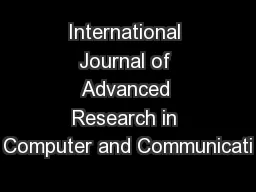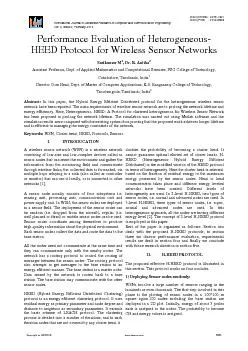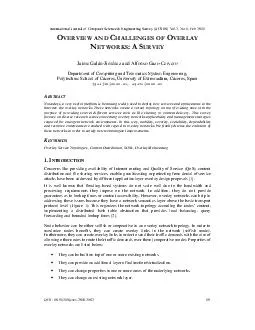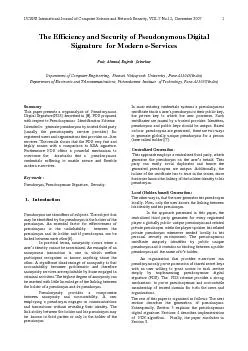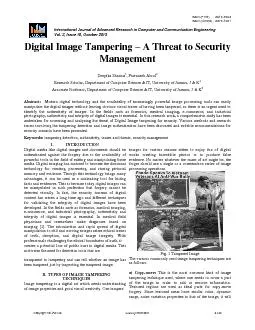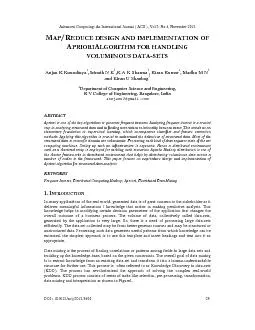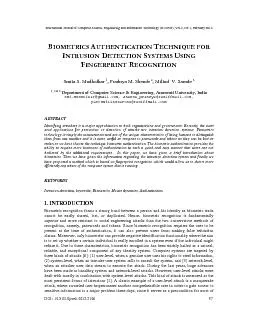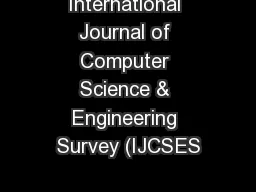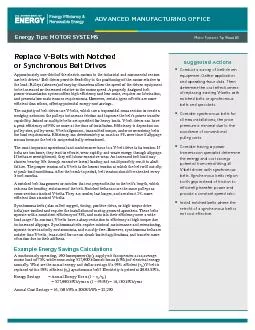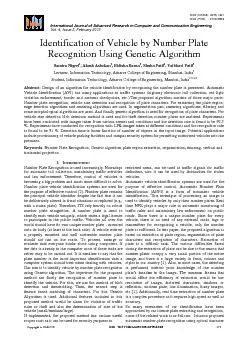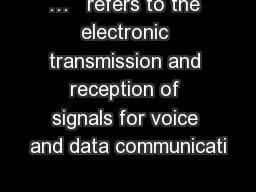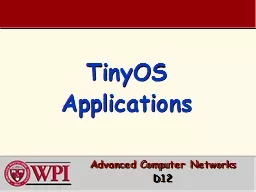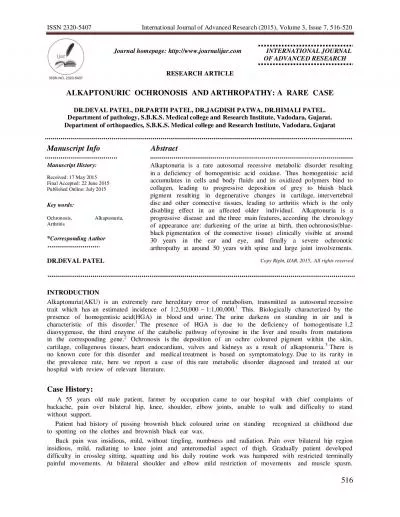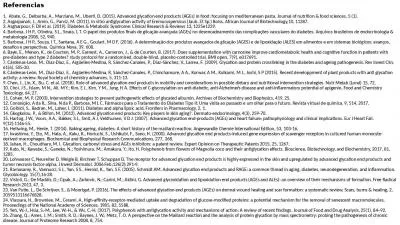PDF-International Journal of Advanced Research in Computer and Communicati
Author : pamella-moone | Published Date : 2016-07-31
ISSN Print 2319 5940 ISSN Online 2278 1021 Vol 3 Issue 1 January 2014 Copyright to IJARCCE wwwijarccecom
Presentation Embed Code
Download Presentation
Download Presentation The PPT/PDF document "International Journal of Advanced Resear..." is the property of its rightful owner. Permission is granted to download and print the materials on this website for personal, non-commercial use only, and to display it on your personal computer provided you do not modify the materials and that you retain all copyright notices contained in the materials. By downloading content from our website, you accept the terms of this agreement.
International Journal of Advanced Research in Computer and Communicati: Transcript
Download Rules Of Document
"International Journal of Advanced Research in Computer and Communicati"The content belongs to its owner. You may download and print it for personal use, without modification, and keep all copyright notices. By downloading, you agree to these terms.
Related Documents

